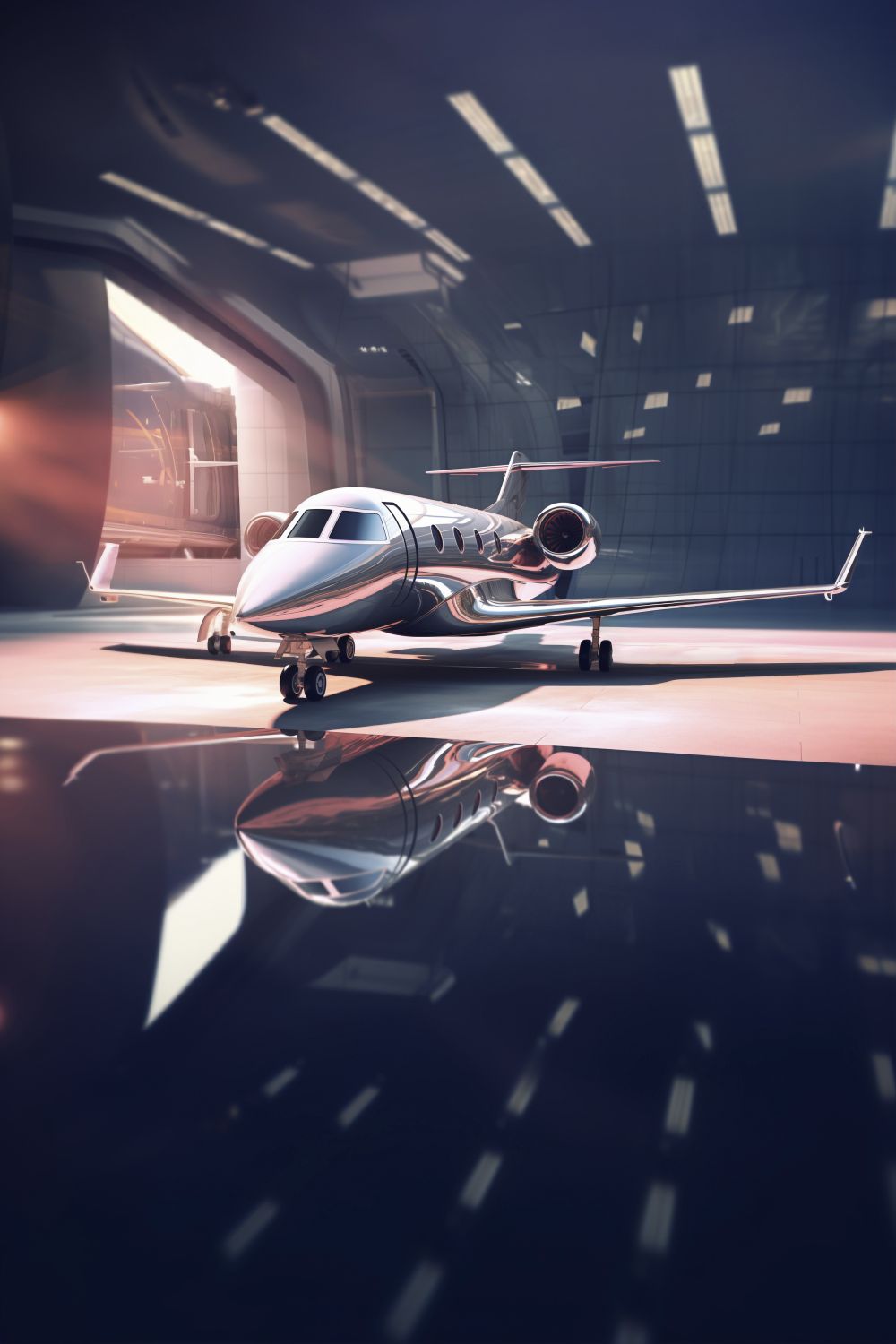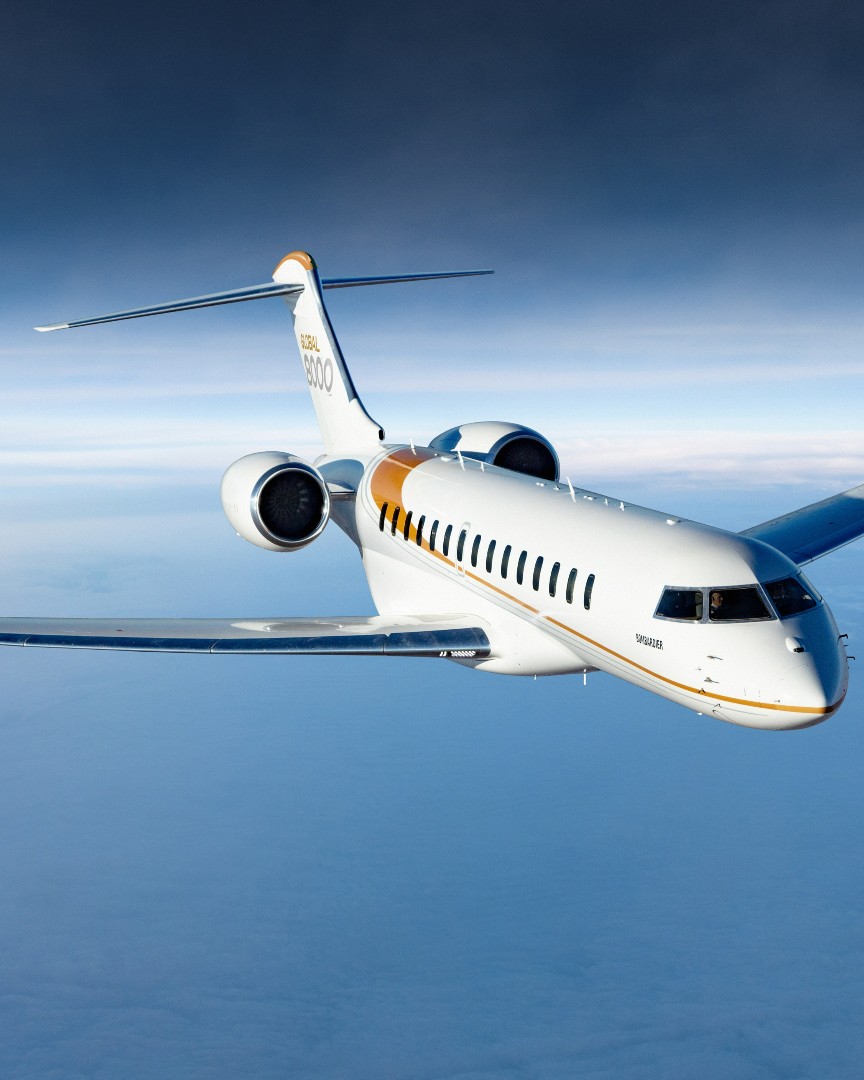 All Articles
Aeronautics
Art & Culture
Environment
Gastronomy
Motors
Real Estate
Travel
Watchmaking & Jewellery
Yachting
All Articles
Aeronautics
Art & Culture
Environment
Gastronomy
Motors
Real Estate
Travel
Watchmaking & Jewellery
Yachting
 Design
Finance
Jewellery
Watchmaking
Yachting
Design
Finance
Jewellery
Watchmaking
Yachting

According to several studies, the aviation industry will be one of the most affected by artificial intelligence in the future. Today, AI is already being used to increase flight efficiency, improve performance, maximize an aircraft’s capabilities, and reduce its CO2 emissions. Most aircraft are now equipped with on-board sensors that collect billions of pieces of data. Processing this data requires the use of AI. Aerospace companies such as Airbus, Boeing, Bombardier, Safran, and General Electric are also investing in data analysis and collection. On the other hand, big data giants such as Microsoft and Google are also betting on this sector.
Preventive maintenance accounts for nearly 20% of airlines' direct operating costs. The use of artificial intelligence makes it possible to predict breakdowns and drastically reduce aircraft downtime, as maintenance operations are responsible for a significant proportion of flight delays and cancellations. AI analyzes the data collected by sensors to generate maintenance schedules.
In flight, AI supports the crew by providing advice on routine tasks and predicting problems such as turbulence or icing, while helping the pilot to make decisions in the event of danger.
For travelers, AI and the use of Big Data also make it possible to understand consumer behavior and identify their habits. Airlines can now record their preferences and optimize the booking of flight tickets. Using predictive analytics algorithms, airlines can offer their travelers optimal bookings, considering the time of year and various other parameters specific to their customer base. Using AI and data science, baggage can now be tracked in real time, reducing the risk of loss and other technical damage.
Ultimately, the AI revolution will continue to transform aeronautics. Several airlines are planning a plethora of innovative projects, such as pilotless aircraft, the development of AI solutions to assist pilots, or the implementation of chatbots during journeys. Last year, Airbus launched the test phase of its new DragonFly device, an AI-based flight and landing assistance. Tested on an Airbus A350-1000, the autonomous aircraft – inspired by the dragonfly and its 360-degree field of vision – was able to take control of the aircraft and make the right decisions thanks to algorithms, retrace a route, and land safely, while communicating with the control tower. In the private aviation sector, the American Cirrus Aircraft inaugurated an emergency landing button on its Vision Jet private jet, which can be activated in the event of pilot discomfort.

To receive our news, it’s here!








